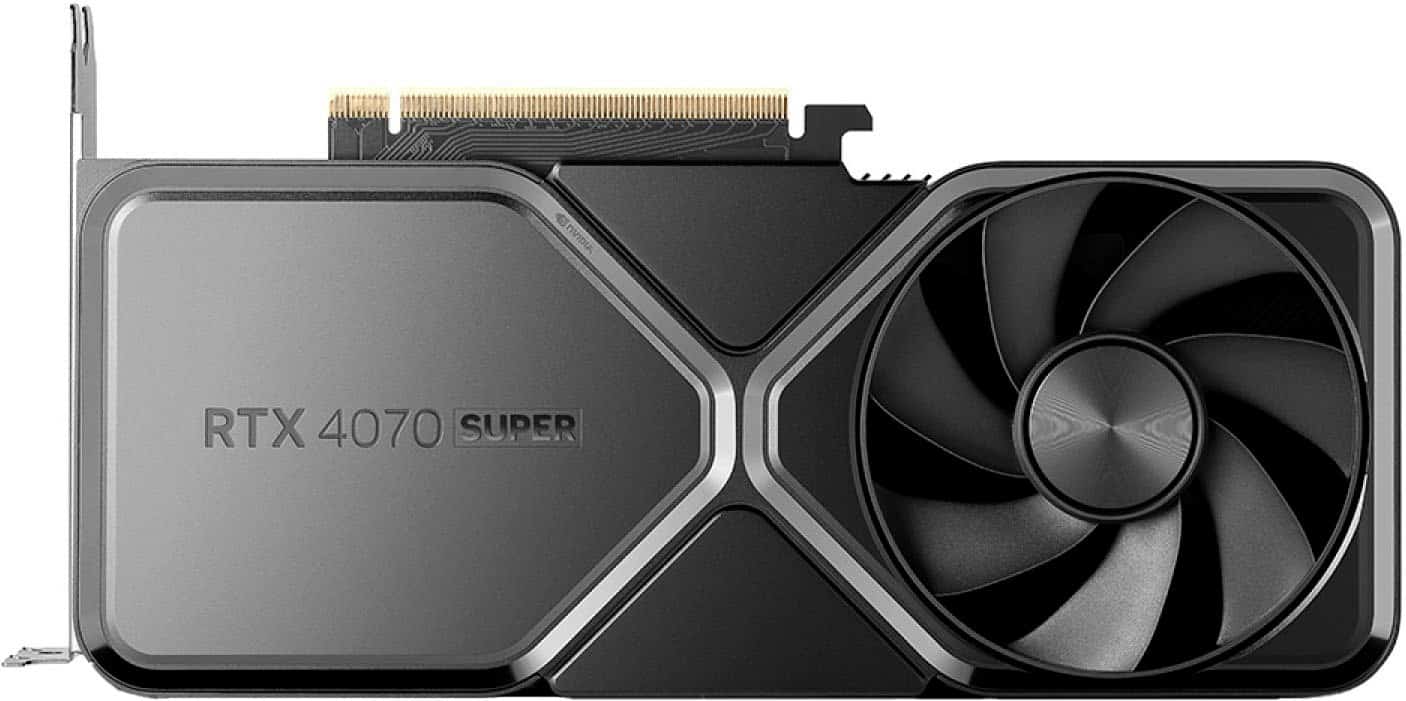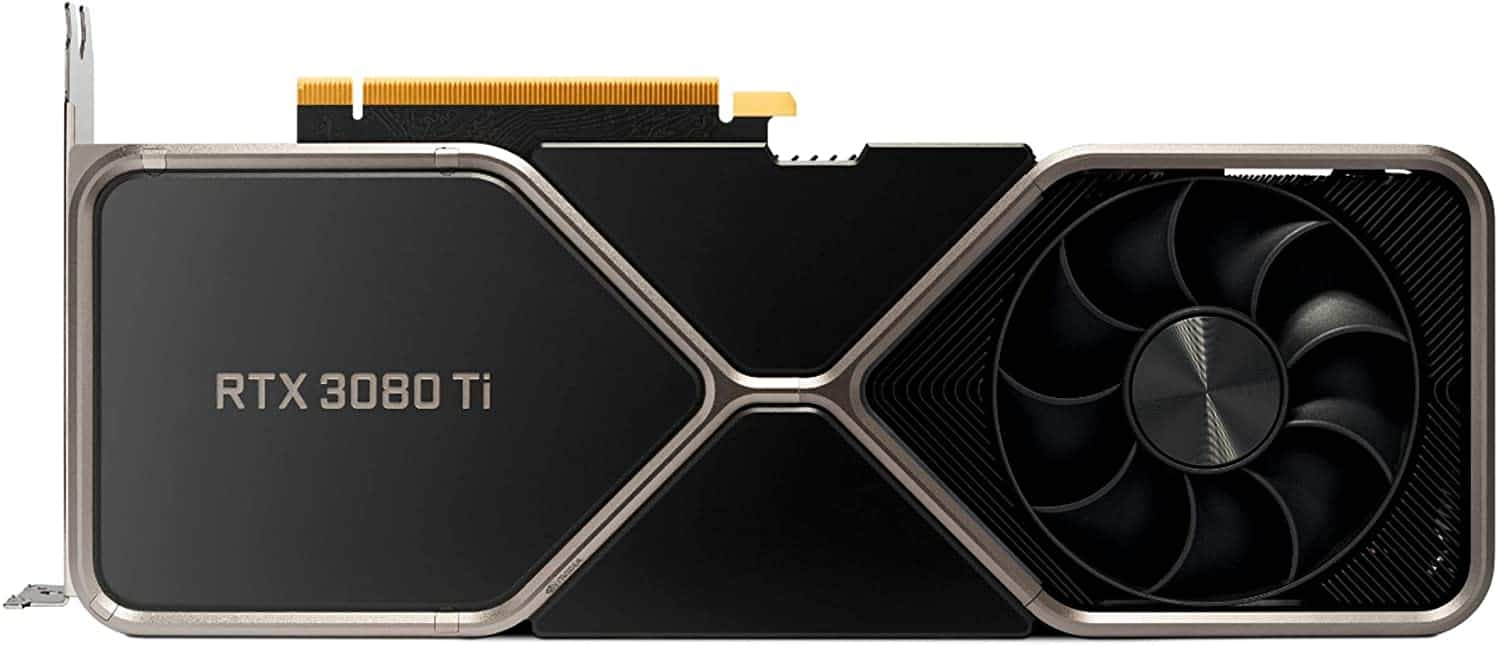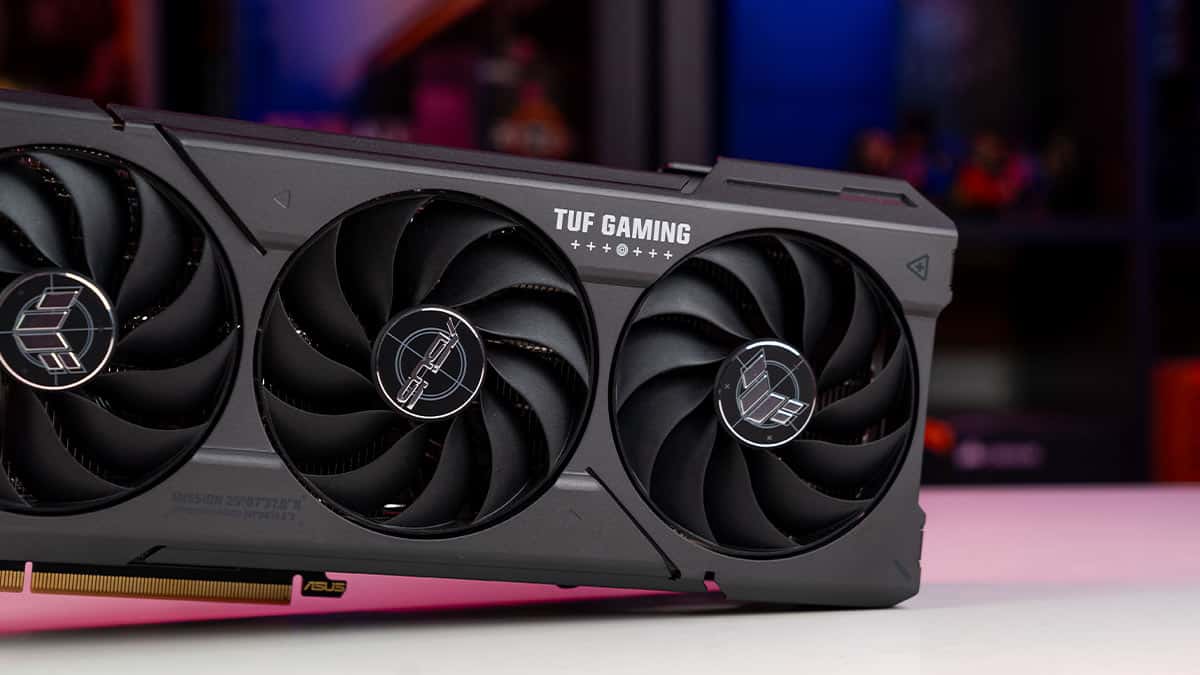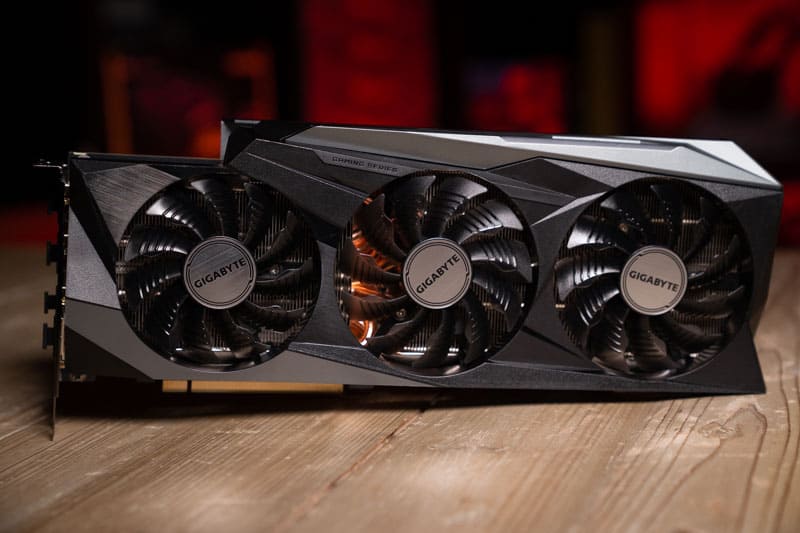RTX 4070 Super vs RTX 3080 Ti – Is the 30-series worth it?
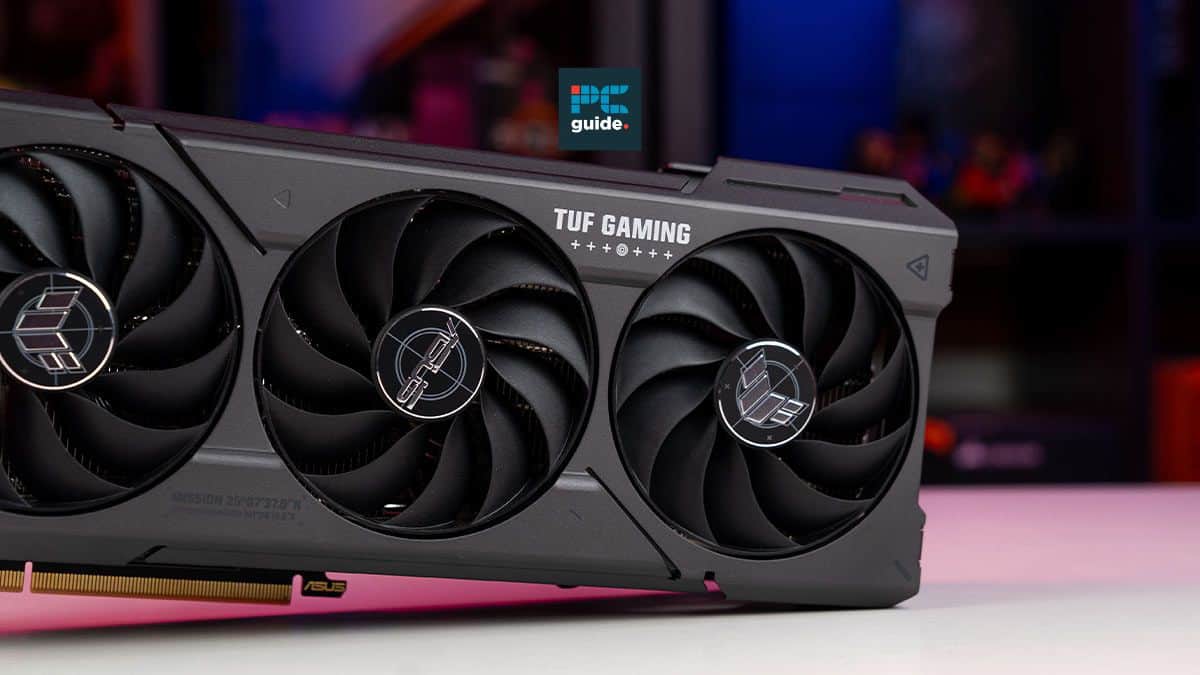
Table of Contents
Sometimes, there’s not always a cut-and-dry answer when considering a GPU upgrade; and that’s where we find ourselves with the RTX 4070 Super vs RTX 3080 Ti. That’s because the new mid-range offering stacks up to the previous flagship in a couple of ways, but still lags behind in others. We’ve gone hands-on with our dedicated RTX 4070 Super review, and if you’re after even more about the newer GPU, we have articles on the best RTX 4070 Super graphics card and where to buy the RTX 4070 Super.
For now, let’s see how it compares to Nvidia’s flagship gaming graphics card, the RTX 3080 Ti.
Prime Day may have closed its doors, but that hasn't stopped great deals from landing on the web's biggest online retailer. Here are all the best last chance savings from this year's Prime event.
- Sapphire 11348-03-20G Pulse AMD Radeon™ RX 9070 XT Was $779 Now $719
- AMD Ryzen 7 7800X3D 8-Core, 16-Thread Desktop Processor Was $449 Now $341
- Skytech King 95 Gaming PC Desktop, Ryzen 7 9800X3D 4.7 GHz Was $2,899 Now $2,599
- LG 77-Inch Class OLED evo AI 4K C5 Series Smart TV Was $3,696 Now $2,996
- AOC Laptop Computer 16GB RAM 512GB SSD Was $360.99 Now $306.84
- Lexar 2TB NM1090 w/HeatSink SSD PCIe Gen5x4 NVMe M.2 Was $281.97 Now $214.98
- Apple Watch Series 10 GPS + Cellular 42mm case Smartwatch Was $499.99 Now $379.99
- AMD Ryzen 9 5950X 16-core, 32-thread unlocked desktop processor Was $3199.99 Now $279.99
- Garmin vívoactive 5, Health and Fitness GPS Smartwatch Was $299.99 Now $190
*Prices and savings subject to change. Click through to get the current prices.
Quick answer
Unsurprisingly, the decision comes down to how much budget you have to spend. The 4070 Super draws less power and has the benefit of DLSS frame generation, but if you can afford it, the RTX 3080 Ti does have the specs and raw power that earned it the title of Nvidia’s flagship gaming GPU in the first place.
RTX 4070 Super vs RTX 3080 Ti specs comparison
The RTX 4070 Super and RTX 3080 Ti are two powerful cards that compete against each other. Examining their technical specifications and components is essential to determine which is a worthwhile investment for fans. Firstly, The RTX 4070 Super takes advantage of the 5nm process size. With 35,800 million transistors, this GPU boasts a significant leap in computational power compared to its predecessor. On the other hand, the RTX 3080 Ti relies on the Ampere architecture with an 8nm process size and slightly larger 28,300 million transistors.
| Technical specs | RTX 4070 Super | RTX 3080 Ti |
|---|---|---|
| GPU Architecture | Ada Lovelace | Ampere |
| Process Size | 5 nm | 8 nm |
| Transistors | 35,800 million | 28,300 million |
| Base Clock Speeds | 1980 MHz | 1365 MHz |
| Boost Clock Speeds | 2475 MHz | 1665 MHz |
| Memory Clock | 1313 MHz21 Gbps effective | 1188 MHz19 Gbps effective |
| Memory Size | 12 GB | 12 GB |
| Memory Bus | 192 bit | 384 bit |
| Bandwidth | 504.2 GB/s | 912.4 GB/s |
| Cuda Cores | 7168 | 10240 |
| SM Count | 56 | 80 |
| Tensor Cores | 224 | 320 |
| RT Cores | 56 | 80 |
| L1 Cache | 128 KB (per SM) | 128 KB (per SM) |
| L2 Cache | 48 MB | 6 MB |
| TDP | 220 W | 350 W |
| Price | $599 | $1,199 |
Although both the RTX 4070 Super and RTX 3080 Ti have 12GB of VRAM, there are notable differences in their memory architectures. The 4070 Super has a memory bandwidth of 504.2 GB/s and uses a 192-bit memory bus with a clock speed of 1313 MHz. In contrast, the RTX 3080 Ti has an astounding bandwidth of 912.4 GB/s, a wider 384-bit bus, and a faster memory clock at 1188 MHz. These differences may affect how large textures, realistic graphics, and high-resolution assets are handled in-game.
Core counts, including shading units, SM count, Tensor Cores, and RT Cores, provide insights into the computational prowess of these GPUs. The RTX 4070 Super, with 7168 shading units, 56 SMs, 224 Tensor Cores, and 56 RT Cores comes up short of the RTX 3080 Ti. These numbers suggest that the 3080 Ti has a substantial advantage in parallel processing capabilities. Furthermore, the RTX 4070 Super is notably more power-efficient than the RTX 3080 Ti. This could influence system compatibility, cooling requirements, and electricity costs over time.
4070 Super vs 3080 Ti performance comparison
Moving beyond specifications and hardware, the range of performance differences between these GPUs is also telling. The RTX 4070 Super’s higher clock speeds, efficient architecture, and ample cache size contribute to excellent real-time rendering and smooth gameplay. However, the RTX 3080 Ti’s superior core counts and wider memory bus enable it to handle resource-intensive tasks more easily, such as 3D rendering and ray tracing.
Our in-house benchmarking, courtesy of WePC's Sebastian Kozlowski, the 4070 Super held its ground in not only 1440p, but 4K too. When playing demanding titles such as Assassin's Creed Mirage and Avatar: Frontiers of Pandora, the RTX 4070 Super reached 119fps and 80fps at 1440p respectively, and average framerates in 4K were also more than playable, landing at 74fps and 60fps.
On the other hand, the RTX 3080 Ti exhibits an advantage in gaming scenarios, particularly in titles that leverage the increased parallel processing capabilities. High-resolution textures, complex lighting effects, and ray-traced reflections showcase the prowess of the RTX 3080 Ti and its overall better performance. However, borrowing some benchmarks from our sister site’s WePC RTX 3080 Ti review, you can see that the performance difference between the two cards isn’t as drastic as their price difference would let on. The RTX 3080 Ti reached an 89fps / 1440p average and 48fps 4K average when playing Cyberpunk 2077 with ray tracing turned on. Shadow of the Tomb Raider was pretty similar, getting averages of 106fps at 1440p and 59 at 4K.
While it’s hard to make a full comparison without judging the games based on the same titles and parameters, you can get an overall sense that there are not too many performance disparities on the cards when they’re playing demanding titles.
RTX 4070 Super vs RTX 3080 Ti price comparison
The price point often plays a crucial role in the decision-making process for typical consumers. Like many of the 40-series, the RTX 4070 Super comes in with an attractive launch price of $599. This cheaper price point making it a better choice for those looking to upgrade their graphics card without breaking the bank. On the other hand, the RTX 3080 Ti demands a premium price tag of $1,199.
However, have either of the cards seen a decrease in price since they came out? We’ve taken a look at the price history of each of the cards on the reputable price-tracking website Camelcamelcamel to weigh in on the recent price trends of the RTX 4070 Super and the 3080 Ti.
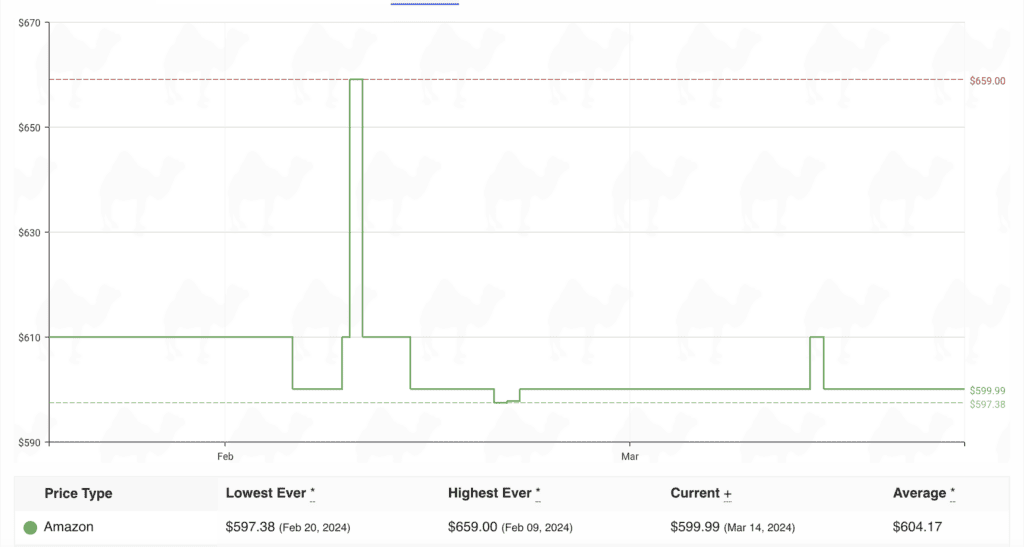
As you can see from the graph above, although the ASUS Dual GeForce RTX 4070 Super OC has had a bit of price fluctuation, for over a month it has been settled around the $599 figure. This adds up, as the MSRP of the card was $599: so, this represents a broader market trend of the RTX 4070 Super still being close to its original price tag, and it seems like some of the more expensive overclocked variants might be coming down to around $600 too.
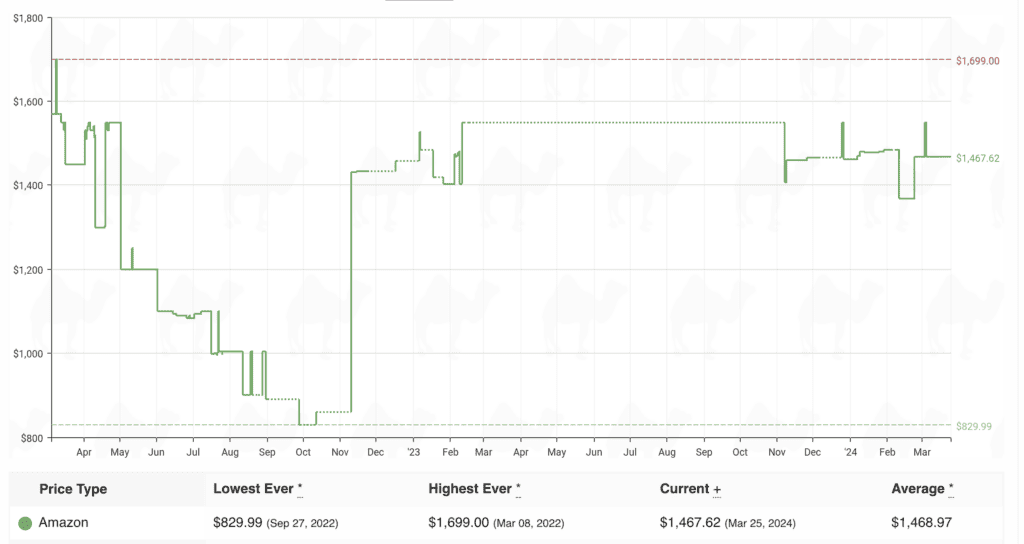
On the other side of the spectrum, the GIGABYTE GeForce RTX 3080 Ti Gaming OC is currently priced at $1467.62 – well over double the price of the 4070 Super. However, it has also seen far more drastic price drops, falling down to its lowest price of $829 around Black Friday 2022. So, while it’s more expensive, you’re far more likely to get the 3080 Ti in a good deal, and as it’s older it can be found far cheaper than its MSRP.
Having already discussed how the RTX 3080 Ti offers a better gaming experience, it is ultimately unsurprising that these additional benefits would come with a catch. However, for some, this model will remain the ultimate goal and worthy of investment. However, the RTX 4070 Super is comparatively more affordable and, for those not too invested in specs and performance, a genuinely solid option.
Our verdict
Choosing between the RTX 4070 Super and RTX 3080 Ti ultimately depends on individual preferences, budget constraints, and performance expectations. We would say that the RTX 3080 Ti is still worth it, especially if you buy with the intention of high-level gaming and have the financial capability to do so. However, the RTX 4070 Super still provides a commendable balance of performance and affordability, making it a good option for many users looking for a solid GPU.


